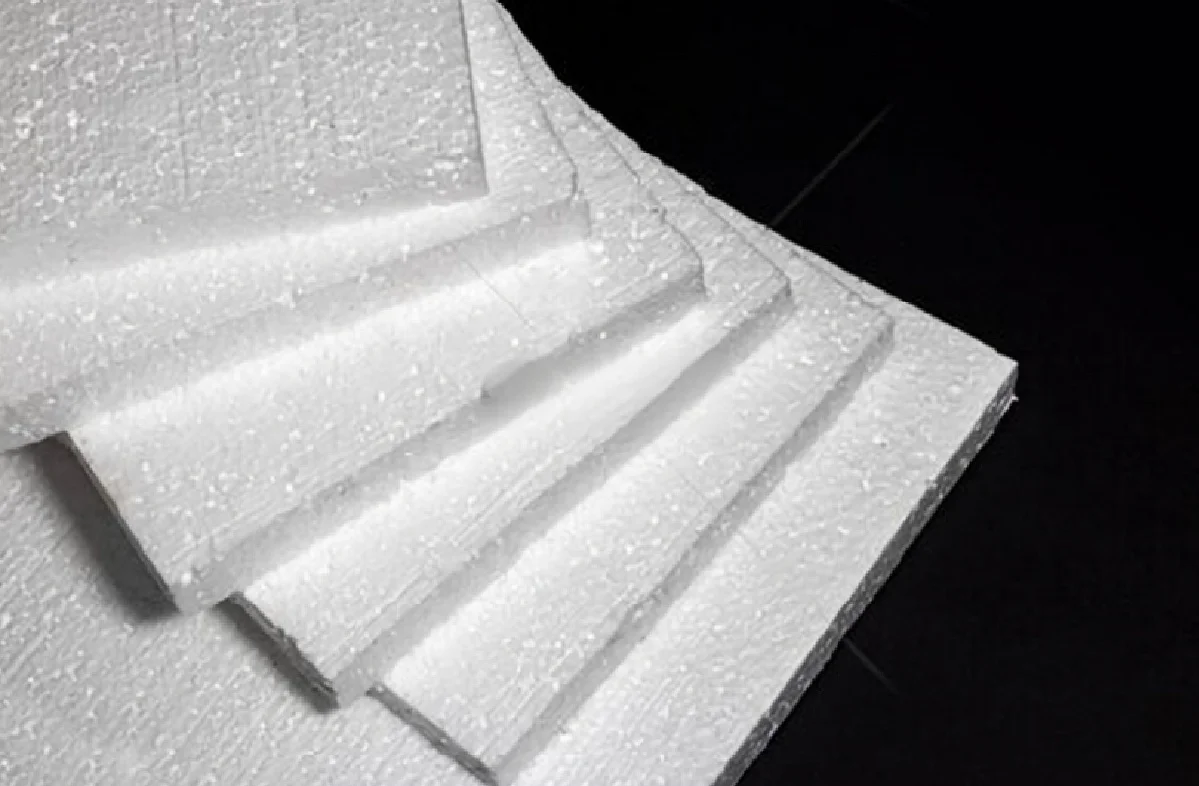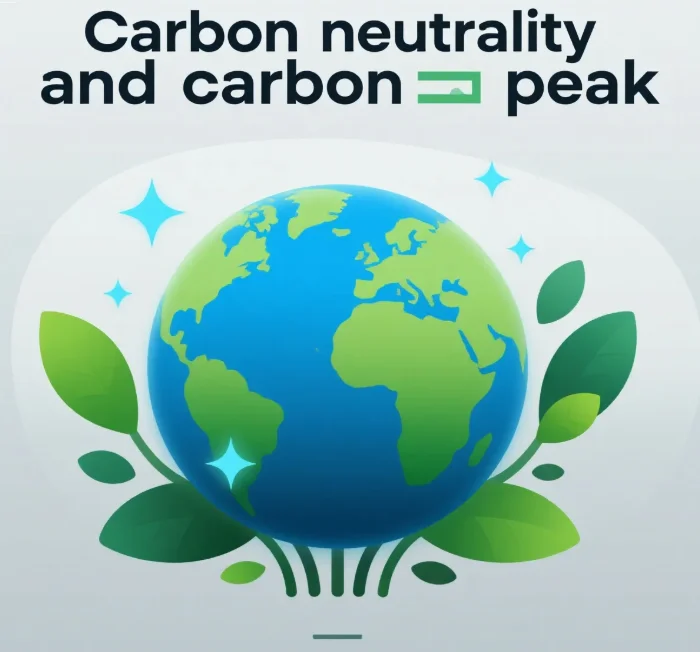Picking the right material for your project means knowing what makes EPS foam and Styrofoam different. Both come from polystyrene, but their chemical makeup and how they’re made change how they work. Let’s explore these differences and see how HUASHENG’s smart methods make their products stand out.

What Are the Chemical Differences Between EPS Foam and Styrofoam?
EPS foam, or expanded polystyrene, starts as small polystyrene beads. These beads get puffed up with steam and a special gas. Then, they’re shaped into blocks or other forms. Styrofoam, a brand name often used for extruded polystyrene (XPS), is made differently. Both materials use polystyrene, but their inner structures aren’t the same. EPS has a beady look, with clear cell edges, like a puzzle pieced together. XPS, though, has a smooth, tight structure from being pushed out in one continuous piece.
This difference matters for what each can do. EPS’s beady makeup makes it great for many uses. XPS’s solid structure fits best where toughness is needed. Let’s see how their making processes affect their strengths.
How Do Production Methods Influence Performance in EPS and Styrofoam?
How these materials are built changes how well they work. Let’s look at how EPS and Styrofoam are made and why it matters for their use in projects.
Pre-Expansion and Molding in EPS Foam Versatility
EPS foam starts with tiny beads. Steam makes them grow light and fluffy. These beads are then molded into shapes. This lets makers choose different weights for different jobs. E-standard material, a common EPS type, works well in machines like automatic vacuum formers, electric drive systems, or old-style hydraulic presses. This freedom lets companies shape EPS for things like packing, insulation boards, or even building parts. Because it’s so flexible, EPS fits many needs.
Continuous Extrusion in Styrofoam Yields Uniform Structures
Styrofoam comes from a process called extrusion. This makes a smooth, tight structure that keeps heat in and water out. But this method doesn’t allow much change in shape or weight. Styrofoam’s strength is its steady performance, especially for insulation in tough conditions. Knowing these differences helps pick the right material. Next, we’ll check out HUASHENG’s cutting-edge methods.
HUASHENG’s EPS Production Technology
HUASHENG leads the way in EPS making. In 2015, they brought in top-notch graphite polystyrene tools—a twin screw extruder from Europe. This makes them pioneers in the passive house field. They use both suspension polymerization and extrusion to create strong products, like graphite-enhanced EPS with low heat transfer and flame-retardant types for buildings. These advances help HUASHENG meet the needs of modern, energy-saving construction.
Now that we’ve seen how they’re made, let’s compare how EPS and Styrofoam hold up under pressure.
Material Properties and Performance of EPS Foam and Styrofoam
Styrofoam (XPS) and EPS (Expanded Polystyrene) aren’t the same when it comes to density and toughness, which matters a ton in heavy-duty jobs like construction. EPS and Styrofoam both do a great job keeping buildings energy-efficient, but they work differently because of how they’re built.
Density and Structural Integrity
Styrofoam’s got a denser, smoother closed-cell setup, giving it solid strength for spreading weight evenly—perfect for tasks needing serious load-bearing power. EPS, on the other hand, has a more porous, beady structure. But crank up its density, and it can hold its own. Take FSH-European standard flame-retardant EPS: it’s got over 20% better compressive strength than regular EPS, coming real close to Styrofoam’s muscle for tough projects.
High-density EPS, like the FS-101 flame-retardant grade (1.30-1.60mm bead size, 50-70 times expansion, oxygen index above 32), is built for construction gigs like foundation insulation or road bases. It stays sturdy under heavy loads while keeping things well-insulated. Styrofoam’s even density often gives it a slight edge in raw strength, but high-density EPS steps up as a flexible, budget-friendly pick for jobs needing both durability and solid thermal performance.
Thermal Insulation Performance Comparison
EPS uses its beady, air-filled structure to trap heat, with a thermal conductivity of 0.039 W/m·K, which is solid for keeping homes and offices comfy all year. Styrofoam, though, has a tighter, smoother setup that blocks heat better, making it a champ in crazy weather where heat loss needs to be kept super low. That said, HUASHENG’s graphite-boosted EPS, like their S-32, steps it up with a thermal conductivity of ≤0.032 W/m·K—over 25% better than regular EPS. This makes S-32 a go-to for projects like passive houses where every bit of energy savings counts. HUASHENG’s S-33 graphite-grade EPS is made for outside walls in energy-smart buildings, hitting tough building codes with top-notch heat-blocking power. Both materials hold up in damp conditions, but Styrofoam’s dense structure gives it a slight edge, while HUASHENG’s S-32 and S-33 still hang tough in wet settings.
Moisture Resistance and Vapor Permeability
When it comes to handling moisture, Styrofoam and EPS both perform well, but their structures make a difference. Styrofoam’s super-tight cells keep water out like a pro, soaking up just 0.3% by volume, which makes it perfect for wet spots like basements or foundations. EPS, with its beadier, more open design, can take in 2-4% water by volume, but high-density versions with coatings come close to matching Styrofoam’s water-blocking ability. Regular EPS might get soggy over time in damp places, which can mess with its insulation power, but adding coatings or barriers fixes that right up. HUASHENG’s FHE-N-HBCD flame-retardant panels are built tough for outdoor use, sticking well, holding their shape, and shrugging off water while staying fire-safe. These panels are a solid pick for exterior walls in rough weather, keeping things strong and reliable no matter the conditions.
Sustainability and Environmental Factors

Environmental Impact and Recyclability
EPS and Styrofoam have different vibes when it comes to being eco-friendly, with EPS often coming out greener. EPS can be recycled, and HUASHENG’s FHE-N-HBCD flame-retardant grade uses safer chemicals that meet strict EU REACH and RoHS rules, making it a smart choice for sustainable building. Styrofoam, on the other hand, isn’t as planet-friendly—its production uses gases like HFCs that hurt the environment, and recycling it is a pain because of gunk like packaging residue or glue. HUASHENG’s green EPS grades are designed to cut waste, support recycling, and fit into a reuse-friendly system. That focus on sustainability makes their EPS a top option for construction projects aiming to keep things eco-conscious.
Application Suitability Across Industries
The right material depends on your project’s needs. From building to packing, EPS and Styrofoam have unique strengths. High-density EPS blocks are great for big projects like roads or embankments. They’re light, so they don’t stress the ground, but still strong enough to hold up well. This makes EPS ideal for stable, large-scale work.
EPS works in many areas. It protects items like appliances, fills gaps in geofoam projects, and insulates buildings. For example, Black Polystyrene (Suspension) – FGE stops static, making it great for electronics while keeping good insulation.
HUASHENG has options for all needs. P-extra light material is good for big panel molding in packaging. FS-grade foams, with an oxygen index >32, meet building standards. Whether you need fire-safe panels for passive houses or light foams for electronics, HUASHENG offers solutions with solid performance. If you have any needs or questions, please contact HUASHENG.
FAQ
Q: Can I Use EPS Instead of Styrofoam in Below-Grade Applications?
A: Yes, high-density EPS works below ground if you add water barriers. It absorbs more water than XPS, so sealing it right is key for lasting strength.
Q: Is Black Polystyrene Just Aesthetic or Functional?
A: It’s very functional. Black polystyrene, like FGE, adds carbon black when made, which stops static and lowers heat transfer, making it better for performance.
Q: How Do I Know Which Expansion Ratio Suits My Application?
A: Expansion ratios change the weight. Light ones are good for packing, while heavier ones handle building loads. Check supplier datasheets, like HUASHENG’s, to pick the right fit.






